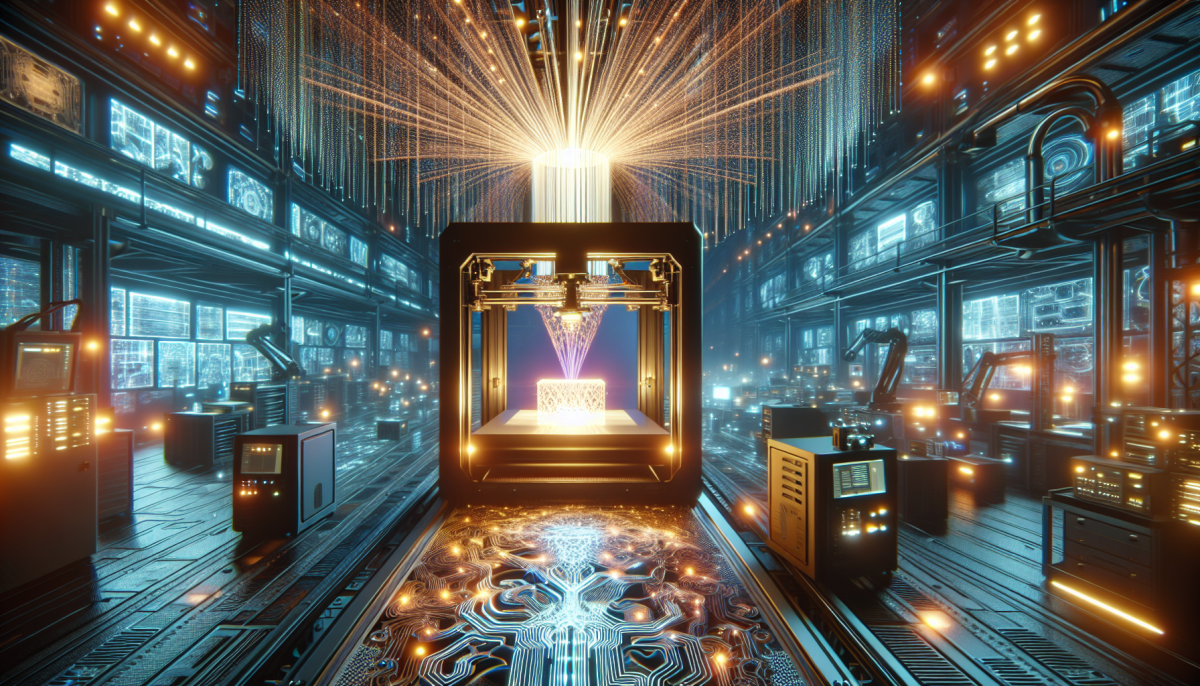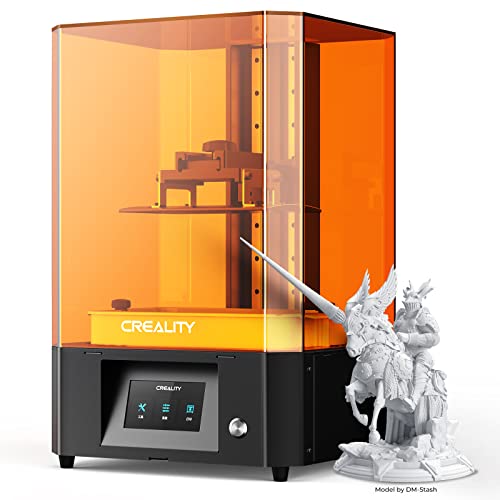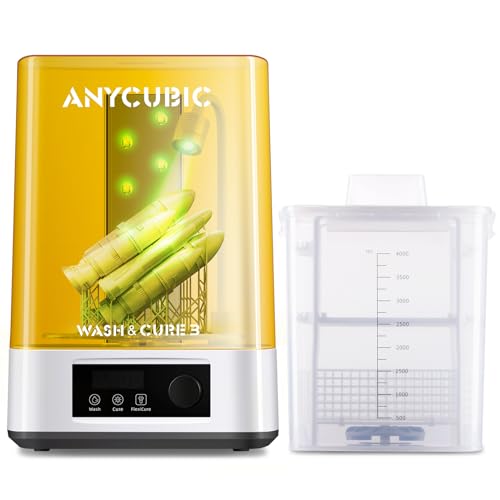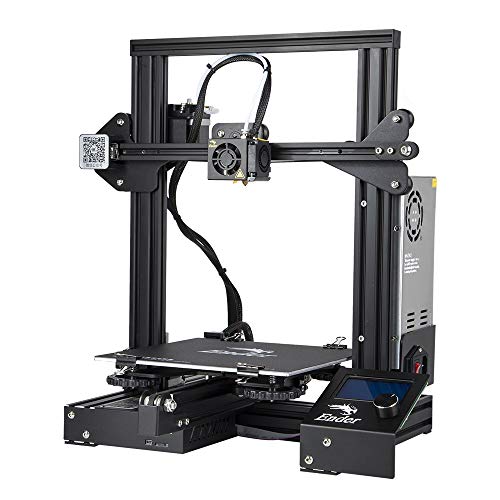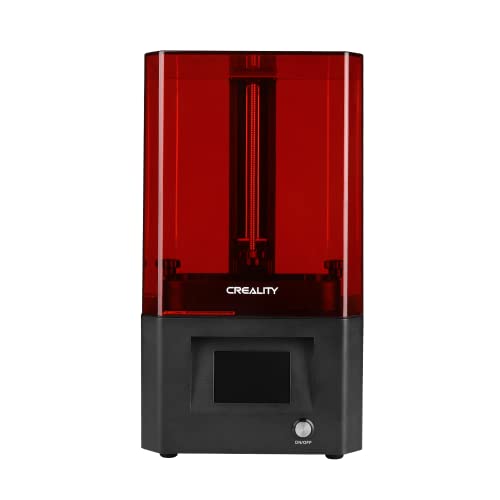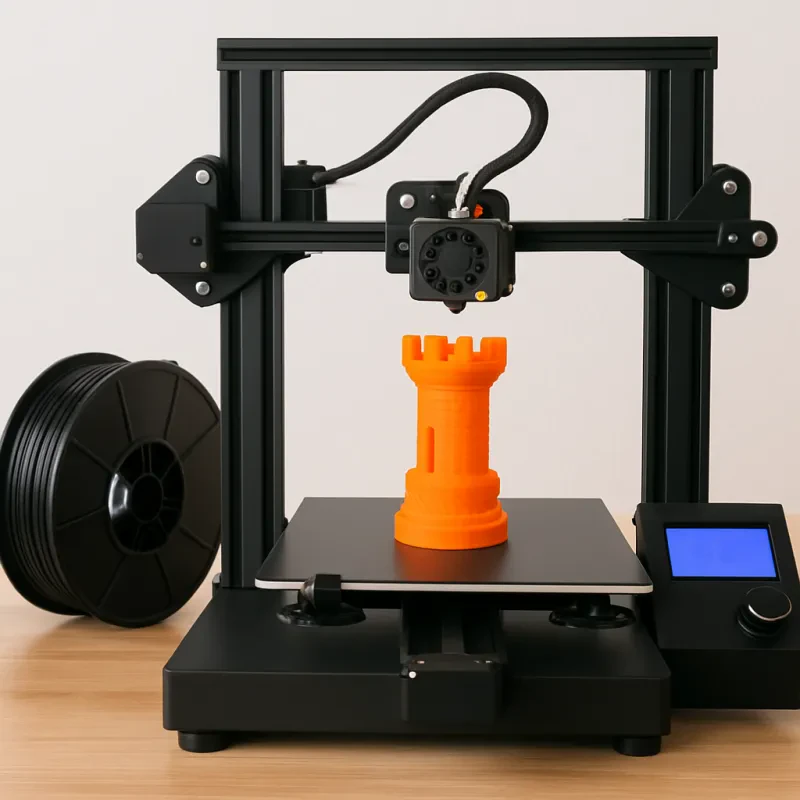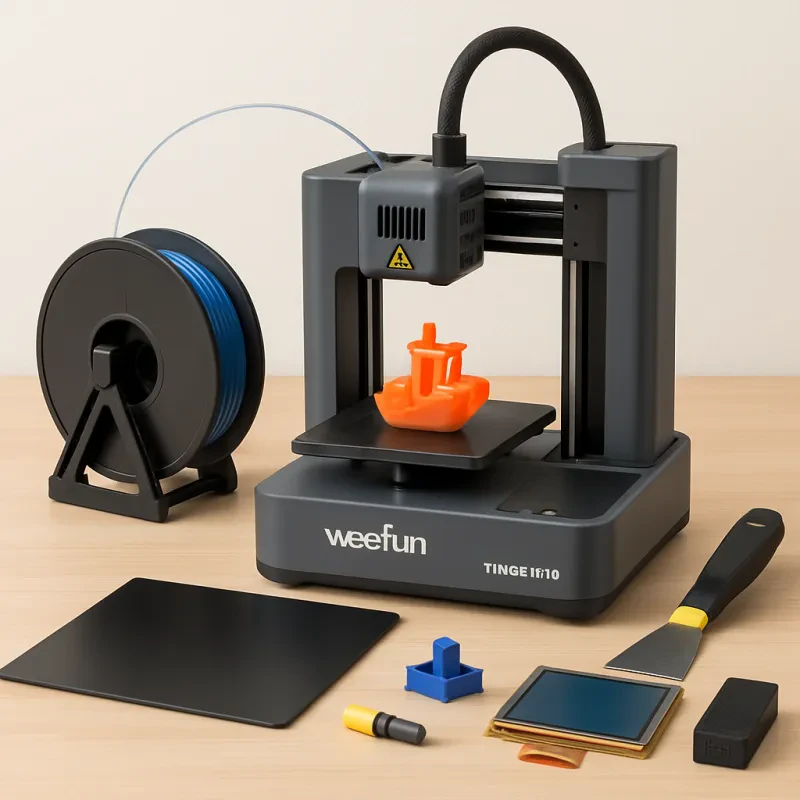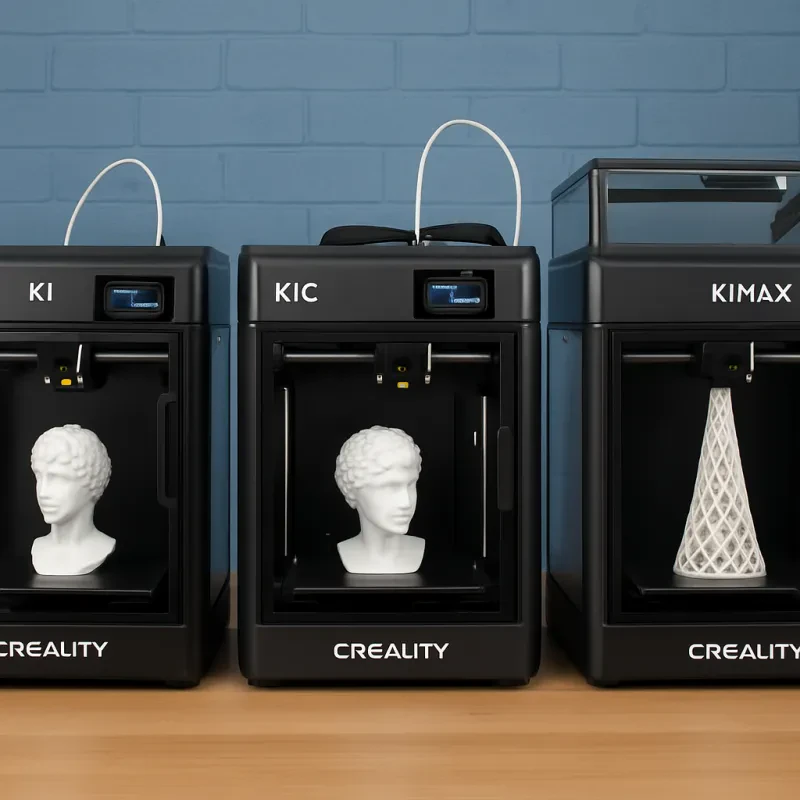Understanding DLP 3D Printing Technology: A Comprehensive Guide.
DLP or Digital Light Processing 3D printing is a popular technique in the world of 3D printing. Unlike FDM (Fused Deposit Modeling) 3D printers, DLP 3D printers use a completely different technique to create 3D prints. In this guide, we’ll explore how DLP 3D printers work, their advantages and limitations, and explore some of the best DLP 3D printers in the market.
How DLP Printers Work
DLP 3D printers use a technique called Stereolithography (SLA). SLA works by curing liquid resin with UV light. DLP is a variation of SLA where instead of using a laser beam, a digital light processor is used to project a 2D image of each layer onto the resin. The image is then cured by the UV light, and the build plate moves in the Z-axis to create the next layer.
Advantages of DLP 3D Printers
- Speed: DLP 3D printers can be much faster than FDM printers, since the entire layer is cured at once instead of having to print each layer individually.
- Detail: DLP 3D printers can produce highly detailed prints with smooth surfaces and fine details.
- Accuracy: DLP printers are highly accurate, and can print objects with very precise dimensions.
- Materials: DLP printers can print with various materials, including resins with different colors and finishes.
Limitations of DLP 3D Printers
- Cost: DLP 3D printers can be considerably more expensive compared to FDM printers, making them less accessible to beginners and hobbyists.
- Size: DLP printers tend to be smaller than FDM printers, limiting the size of the objects that can be printed.
- Complexity: The DLP process is more complex when compared to FDM 3D printers, making maintenance and repair of the machines more difficult.
- Toxicity: Some resin materials used in DLP printing can be toxic to humans, requiring proper safety precautions and ventilation when operating the machine.
Best DLP 3D Printers
Some of the best DLP 3D printers available in the market include:
- Formlabs Form 3: A high-quality, professional-grade machine with an impressive print quality and reliability.
- Peopoly Moai: A cost-effective and versatile printer that offers high resolution and an open-source firmware.
- Wanhao Duplicator 7: A budget-friendly option with an excellent print quality and a large community of users for support.
In conclusion, DLP 3D printing technology offers a range of benefits when compared to FDM printing, including speed, accuracy, and detail. However, it also has its own limitations that users will need to consider before investing in a DLP 3D printer.
The Advantages and Disadvantages of DLP 3D Printers: What You Need to Know Before Buying.
DLP 3D printers have become increasingly popular in recent years due to their speed and accuracy. Before you decide to purchase a DLP 3D printer, it's important to understand the advantages and disadvantages of this technology. Here are some key points to consider:
Advantages:
- Speed: DLP 3D printers can produce objects much faster than other 3D printing technologies. Since they use light to cure the resin, they can create multiple layers at once.
- Accuracy: DLP 3D printers can produce very fine details with high precision. This makes them ideal for creating small objects or intricate designs.
- Smooth Surface Finish: DLP 3D printers produce objects with a smooth surface finish, which requires less post-processing than other 3D printing technologies. This is especially important for objects that will be used for functional purposes.
- Large Build Volume: DLP 3D printers can typically produce larger objects than other 3D printing technologies. This is because they use a flat surface (like a LCD screen) to project the image, allowing for a larger build area.
Disadvantages:
- High Cost: DLP 3D printers are typically more expensive than other 3D printing technologies. This is because of the high-quality components needed to produce accurate and fast prints.
- Limited Material Options: DLP 3D printers can only print with certain types of materials, typically resins. This means that there are fewer material options available compared to other 3D printing technologies.
- Toxic Fumes: DLP 3D printers emit toxic fumes when the resin is cured by the light source. Proper ventilation is necessary to prevent health hazards.
- Less Durable: Objects produced by DLP 3D printers may be less durable than those produced by other 3D printing technologies. This is because they use resin rather than plastic or metal.
When deciding whether to purchase a DLP 3D printer, it's important to weigh both the advantages and disadvantages. Consider your specific needs and what you plan to use the printer for. If speed and accuracy are important, and you're willing to invest in a high-quality machine, a DLP 3D printer might be the right choice for you.
Top 5 Best DLP 3D Printers in the Market Today: A Product Review Guide.
Digital Light Processing (DLP) 3D printers are known for their high accuracy and speed, making them an excellent choice for various industries. With the increasing demand for DLP 3D printers, the market is flooded with different models, each claiming to be the best. This makes it challenging to choose the right DLP 3D printer that best suits your needs.
After extensive research and testing, we have compiled a list of the top five best DLP 3D printers available in the market today:
1. ELEGOO Mars Pro MSLA
The ELEGOO Mars Pro MSLA 3D printer is an excellent choice for beginners and professionals alike due to its easy-to-use interface and industry-standard performance. The printer features a 2K high-resolution LCD, which allows for high precision and accuracy. Additionally, it comes with a variety of new features, such as a silicone rubber seal, a built-in activated carbon filter, and sturdy construction.
2. Anycubic Photon Mono X
The Anycubic Photon Mono X is a high-speed DLP 3D printer with a massive build volume, perfect for printing large models. The printer uses a 4K monochrome LCD screen, which allows for fast and accurate printing while preserving the quality and level of detail. Moreover, the Photon Mono X also comes with a new cooling system, optimized user interface, and a rigid metal body.
3. Phrozen Sonic Mini
The Phrozen Sonic Mini is another popular DLP 3D printer with numerous advanced features, including a built-in air purifier, a Wi-Fi connection, and a 5.5-inch 4K LCD screen. The printer offers excellent accuracy, speed, and layer resolution, thanks to its monochrome LCD technology, making it one of the best value printers in the market today.
4. Creality LD-002R
The Creality LD-002R is an affordable DLP 3D printer that utilizes a 2K LCD for precise and fast printing. This printer is simple to set up and features a compact design, making it a great choice for hobbyists or beginners. Additionally, it comes with a dual linear rail system and an air filtration system to ensure optimal performance.
5. Nova3D Elfin2
The Nova3D Elfin2 is one of the most innovative DLP 3D printers on the market, with unique features such as enhanced cooling, a touchscreen interface, and a customizable LED light bar. The printer also boasts of an ultra-high-resolution LCD and an intuitive software design that allows for easy printing and upgrading.
Conclusion:
The above-listed DLP 3D printers offer excellent performance and versatility, making them ideal for professionals and amateurs alike. However, when selecting a DLP 3D printer, it's essential to consider your specific needs and budget. We hope our product review guide helps you make an informed decision on which DLP 3D printer to purchase.
ANYCUBIC Photon D2 Ultra High-Resolution 3D Printer
Experience unparalleled detail and precision in your 3D prints with the ANYCUBIC Photon D2 Ultra High-Resolution 3D Printer
Product information
Product Review Score
4.36 out of 5 stars
157 reviews